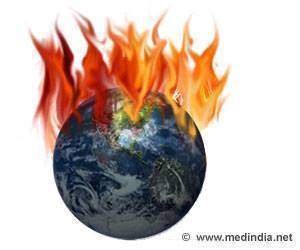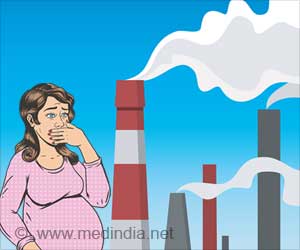Permafrost disappearance could lead to massive release of greenhouse gases, scientists warn.
Permafrost disappearance could lead to massive release of greenhouse gases, scientists warn.
Frozen high-latitude soils have the potential to release vast quantities of carbon and methane into the atmosphere and subsequently influence carbon-climate feedbacks, says Dr.Pep Canadell, Executive Director of the Global Carbon Project at Commonwealth Scientific and Industrial Research Organisation (CSIRO).In a paper published in the latest edition of Global Biogeochemical Cycles, Dr.Canadell said, “Warmer temperatures at high latitudes are already resulting in unprecedented permafrost degradation. Projections show that almost all near-surface permafrost will disappear by the end of this century exposing large carbon stores to decomposition and release of greenhouse gases.”
Massive amounts of carbon stored in frozen soils at high latitudes are increasingly vulnerable to exposure to the atmosphere, according to Dr Canadell.
“The research shows that the amount of carbon stored in soils surrounding the North Pole has been hugely underestimated,” he said.
Models developed in collaboration with Dr Canadell show that global warming could trigger an irreversible process of thawing.
“A number of feedbacks increase the vulnerability of these soils. For example, heat generated from increased microbial activity could lead to sustained and long-term chronic emissions of carbon dioxide and methane.”
Advertisement
Increased fire frequency will also trigger permafrost degradation and thermokast collapse.
Advertisement
“The potential for significant feedbacks from permafrost carbon could be realised with only a small fraction of currently frozen carbon released to the atmosphere. For example if only 10 per cent of the permafrost melts, the resultant feedback could result in an additional 80 ppm carbon dioxide equivalent released into the atmosphere, equating to about 0.7°C of global warming.”
Source-Medindia
GPL







